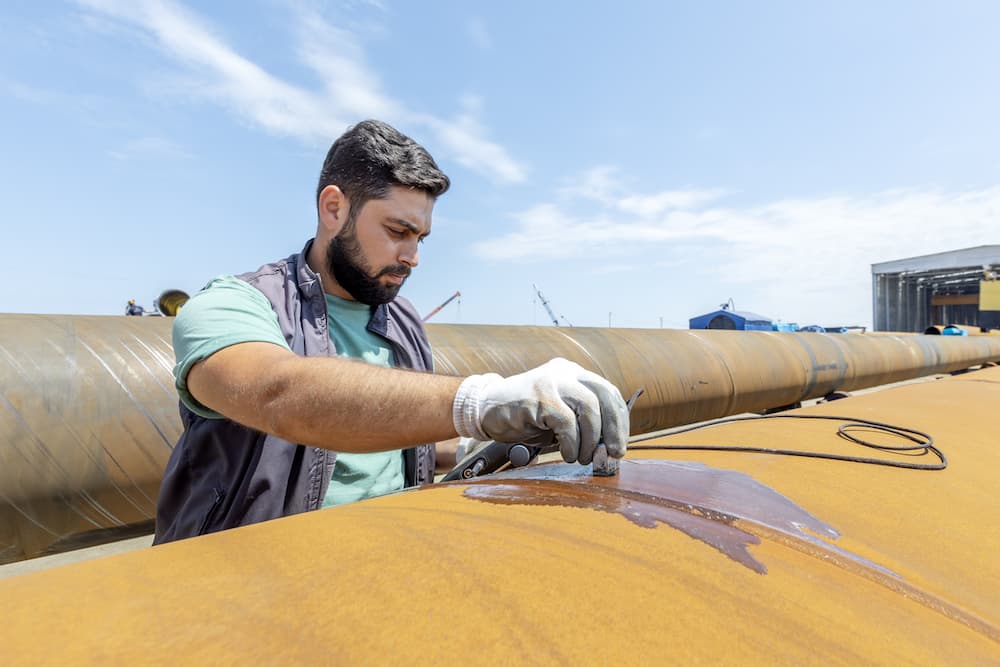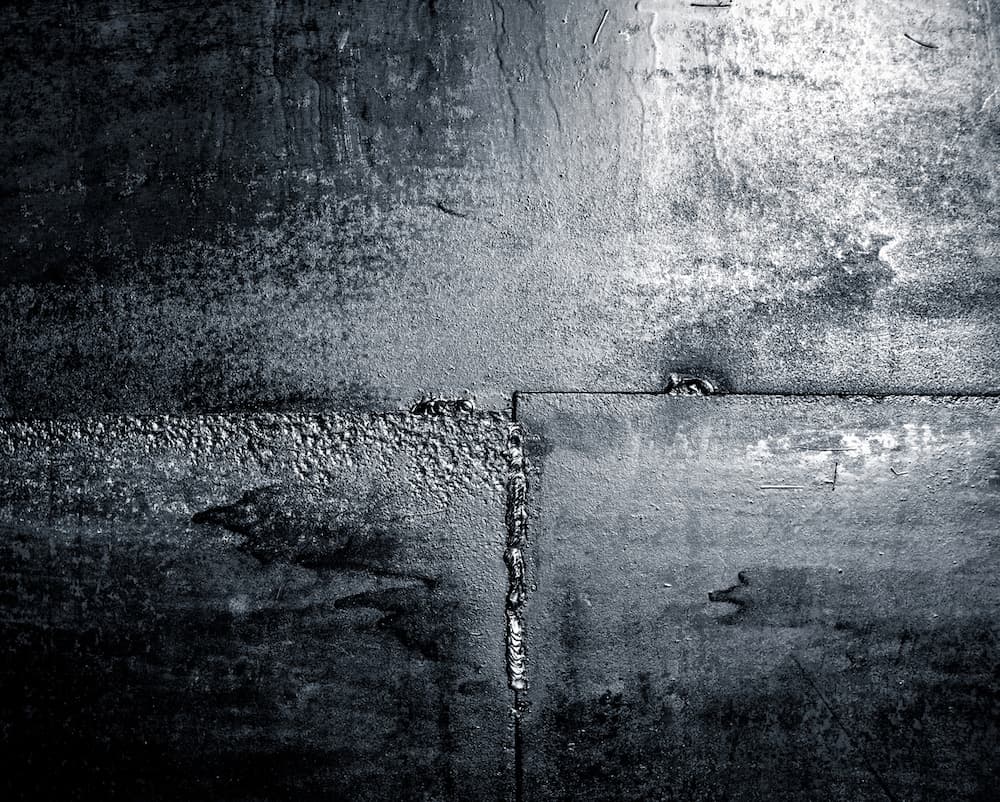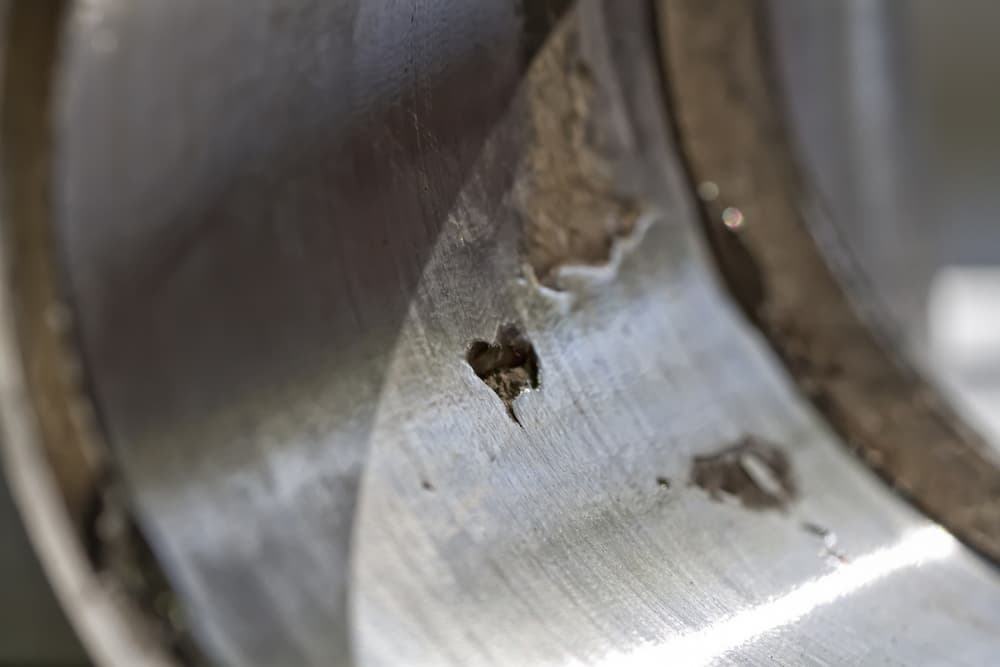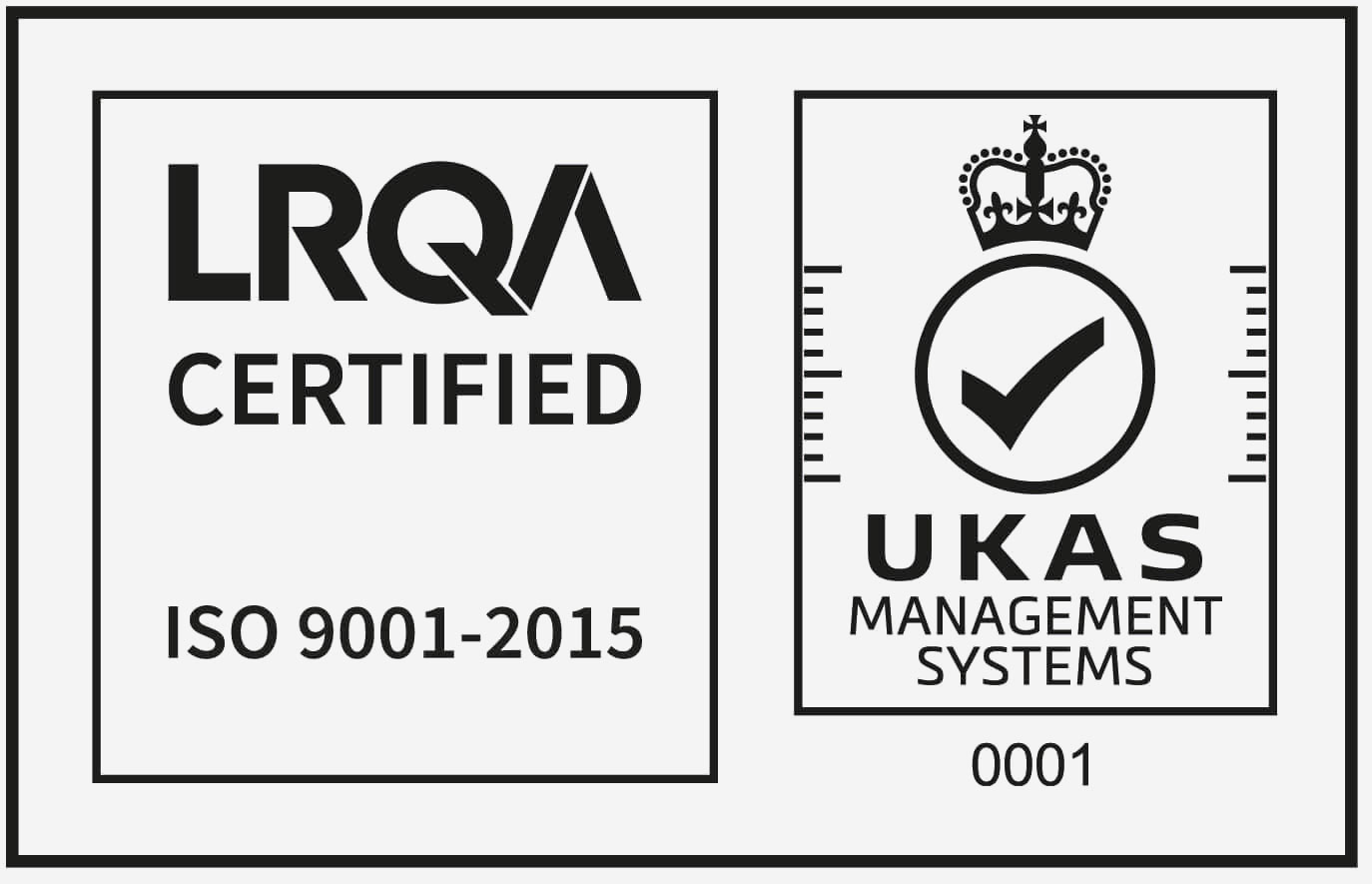Metal cracking is caused by many problems and defects, from contamination, stress, all the way through to rapid cooling. When repairing metal components via welding, cracking reduces the strength of the weld, potentially breaking it and putting your machine/equipment out of action. In addition, improper welding can lead to new cracks and further problems down the line.
Knowing how these destructive cracks are formed is vital to repairing and preventing them in the future.
Generally, cracks can be divided into two categories, hot and cold.
If a base material contains high amounts of elements with low melting temperatures, it may be susceptible to hot cracking. If the weld is too deep (compared to its width), the molten material will trap the elements with a low melting point in the middle and induce hot cracking. For example, sulphur and phosphorus have low melting points and will be pushed to the centre of the weld bed as the weld solidifies. This traps these destructive elements within the weld and causes a destructive centreline crack.
A cold crack will start on the base material, not the weld. Cold cracking is a long process that could happen at any time after welding, and this is significantly worse as the welded pieces may be in use when they crack. It can also be referred to as heat-affected zone (HAZ) or hydrogen-assisted cracking (mentioned later).
Three conditions will induce a cold crack in the base metal:

Residual stress levels are a long-term issue relevant to the application of the welded component in question and are difficult to compensate for. Generally, the faster to cooling rate, the more likely cold cracks will appear. For example, increased cooling rates will be susceptible to hard cracks, especially with materials containing a high carbon content.
Several factors will increase a material’s cooling rate:
The negative effect of increased cold rates is their generation of martensite. Martensite is a crystallisation within the internal iron elements that can form during rapid cooling. This area has a lower ductility than the weld and becomes brittle compared to the surrounding material. It also shrinks at a different rate compared to the other materials as the weld cools, creating defects and errors that will lead to cracking.
The martensite will be infected with hydrogen when under strain, creating weaknesses in the material, and cold cracks may form. The easiest way to remember the difference is that hot cracks will occur shortly after welding, whilst cold cracking happens at any other point.

HIC (hydrogen-induced cracking or hydrogen embrittlement) is a chemical issue involving building hydrogen molecules within metal alloys through the previously mentioned martensite crystalline structure.
In environments with high concentrations of hydrogen, such as refinery process environments, defects are caused when the internal hydrogen creates blisters in the metal. These will combine and create more significant imperfections and cracks and will most likely occur in pressure equipment containing wet hydrogen sulfide (h2S) environments.
HTHA (high-temperature hydrogen attack) happens in steel alloys when exposed to extreme temperatures. Hydrogen molecules break down into atoms that will diffuse into the steel and create a build-up of methane gas.
Methane build-up in the steel creates bubbles (similar to hydrogen-induced cracking). These defects will connect and combine to spread micro-fissures and building material cracking. HTHA is a common defect in industrial plants such as petrochemical, refining and manufacturing. HTHA will create many other defects, such as:

SCC (stress corrosion cracking) is a ductile material defect caused by the combination of corrosion and tensile strength.
Tensile strength is related to the stress caused by various applications such as:
The early stages of SCC are impossible to detect with the naked eye as they happen microscopically. However, if left unattended, SCC will slowly degrade your metal assets’ integrity over long periods. It can also be exaggerated by corrosion build-up in confined spaces. Other common SSC forms are chloride, ammonia, carbonate and liquid metal embrittlement.
Metal stitching is an effective repair service we provide In-Situ. Metal stitching is specifically designed to undertake cold-casting repairs on cast iron. Commonly, cast iron needs to be preheated to prevent cracking when welding; this makes welding large castings and casings extremely difficult due to their size.
In-Situ Machining Solutions staff highly qualified engineers who are experts at repairing cracks and any other machinery issues with our bespoke tools. Our metal stitching service is classed as a cold-repair service and eliminates the logistical difficulties of preheating the casting.
We reduce your machinery downtime significantly by providing onsite machining services with our mobile equipment. Please fill in our enquiry form if you have any questions about our services.


